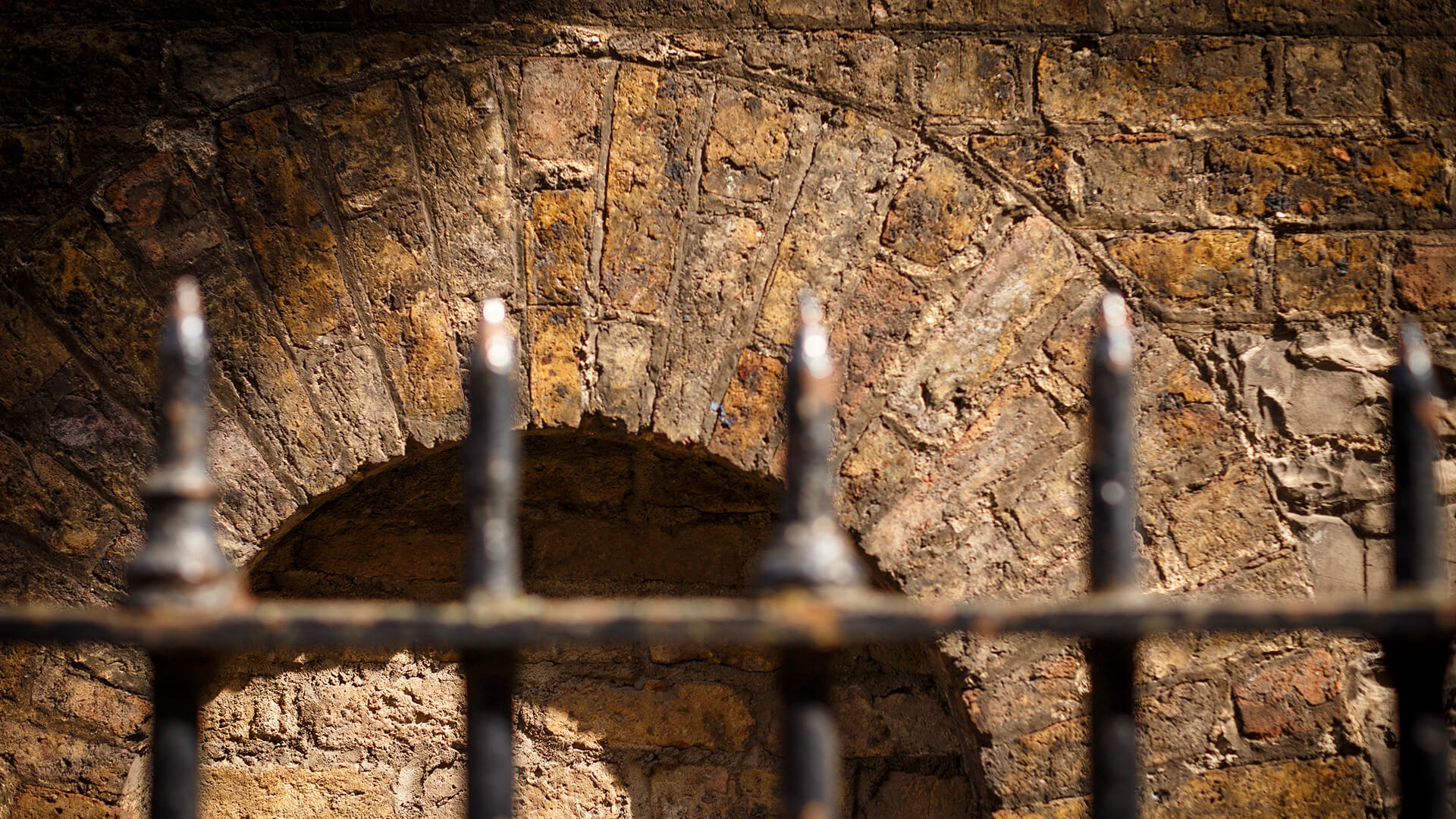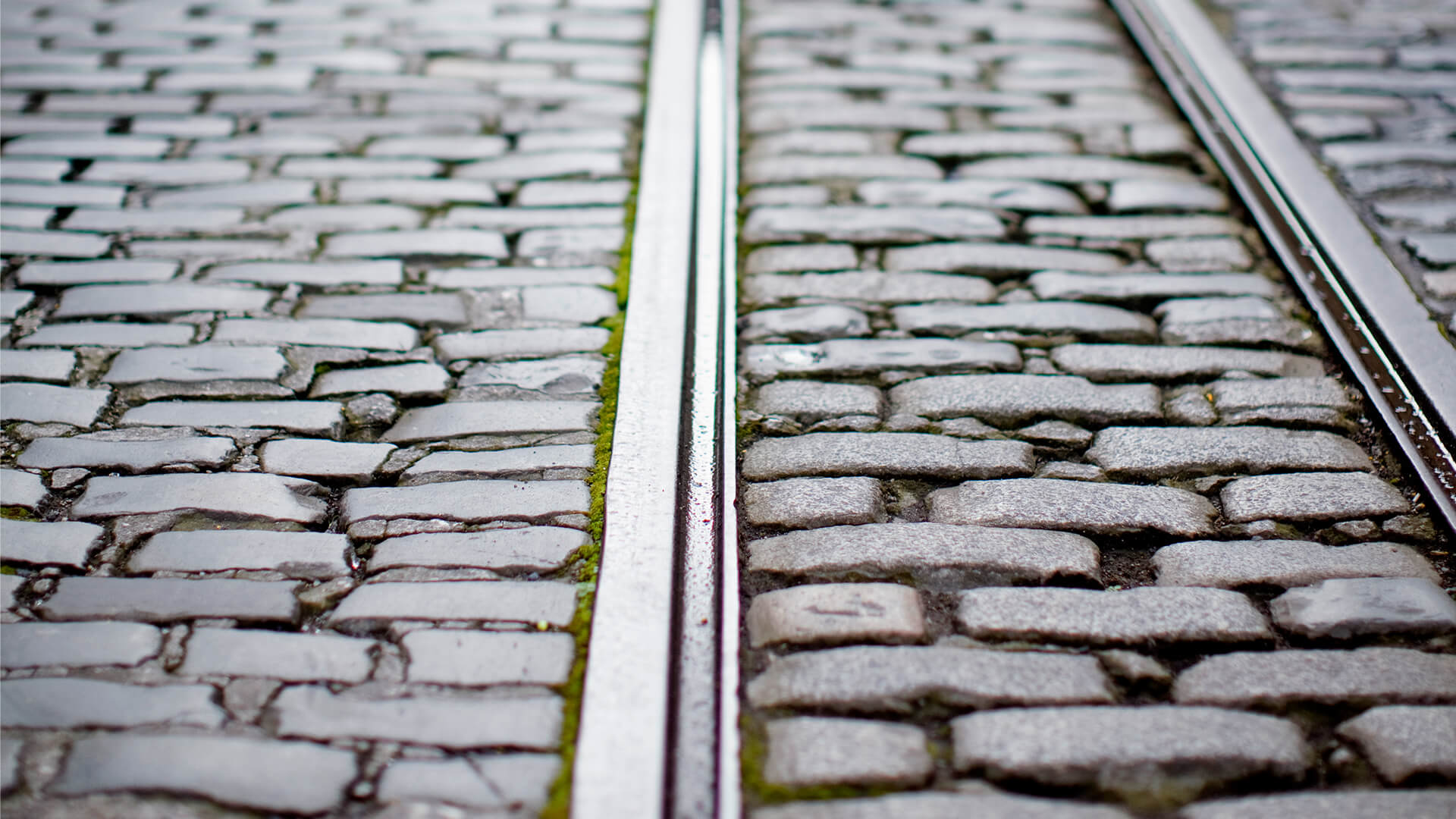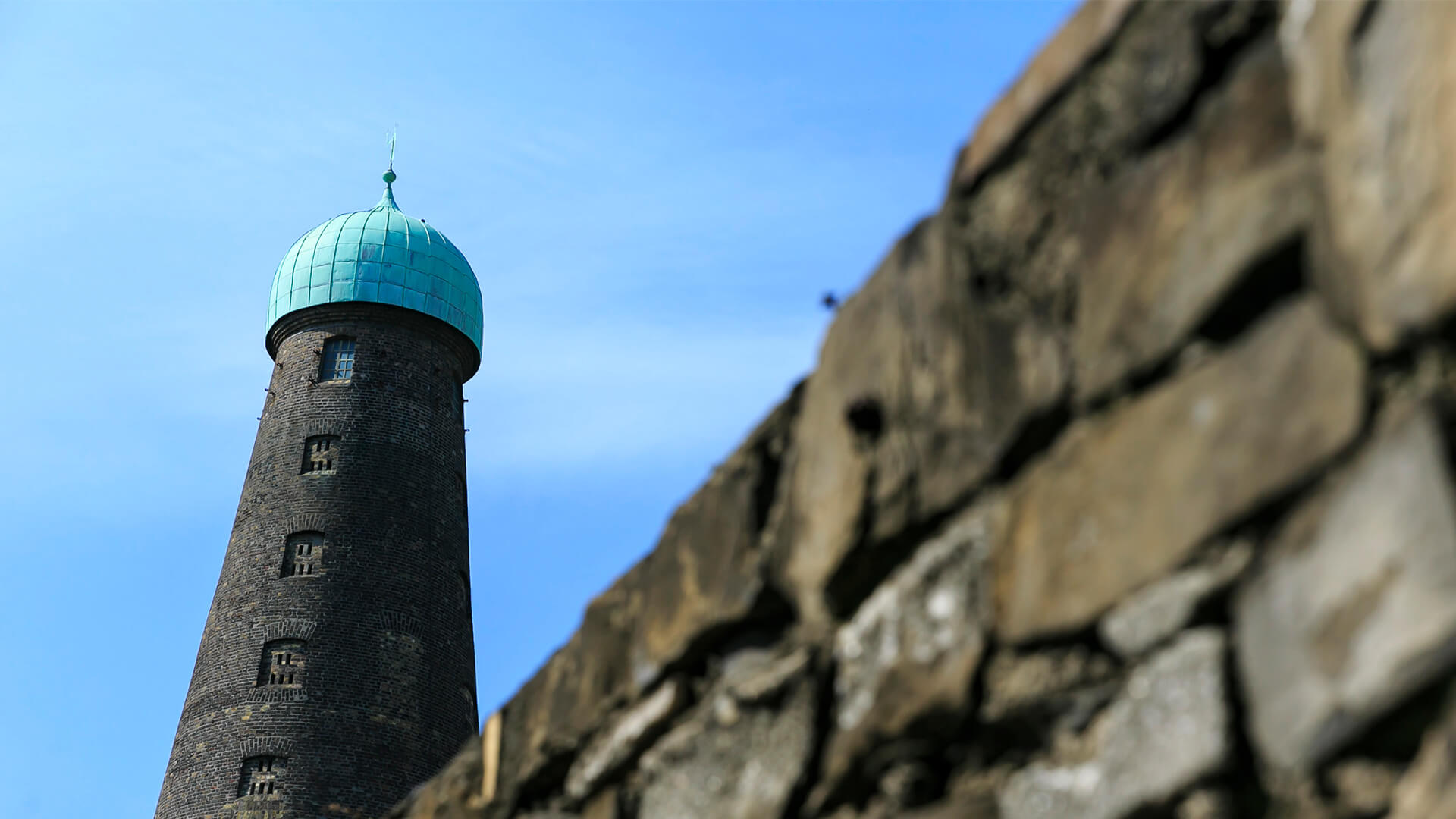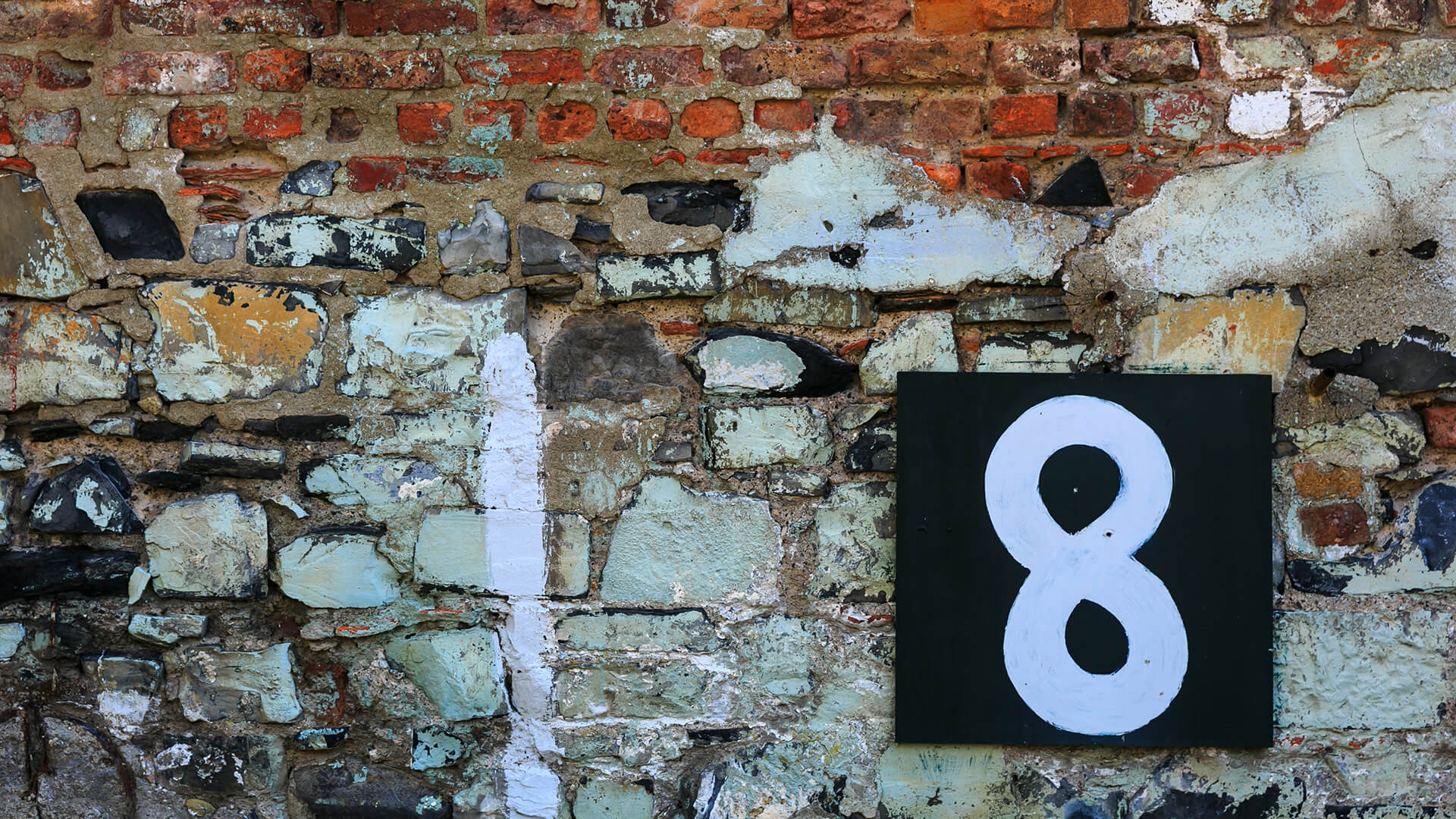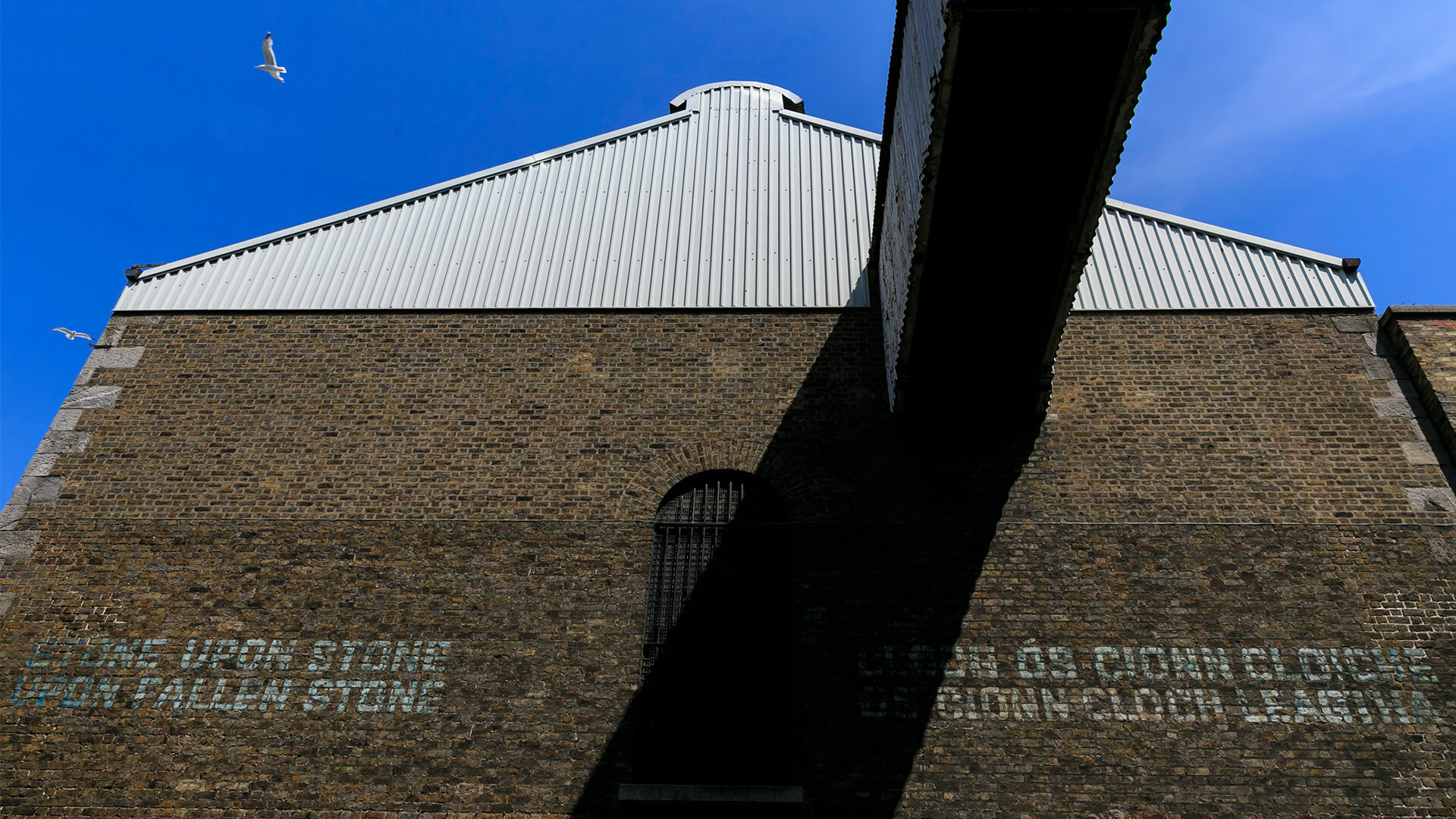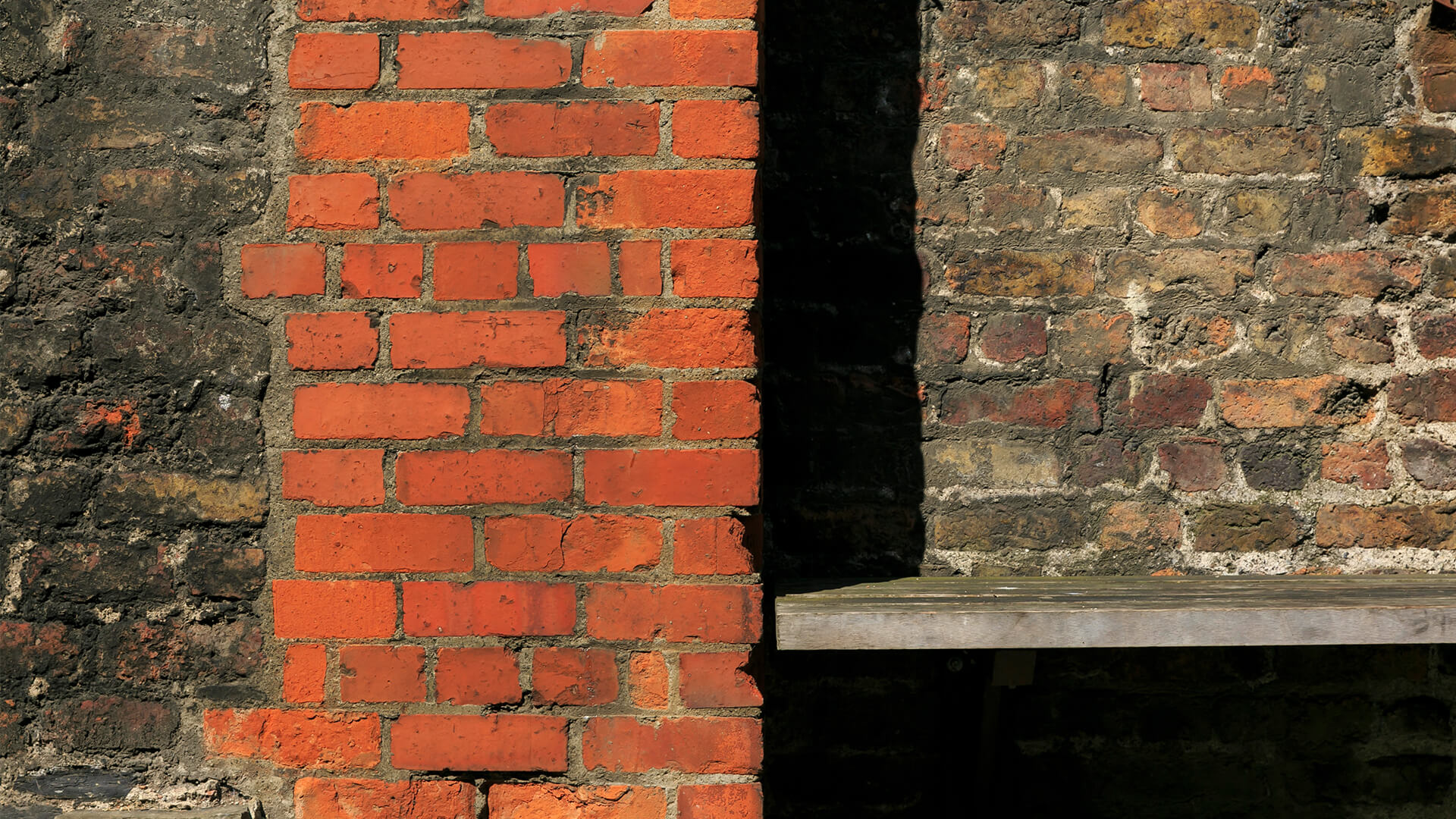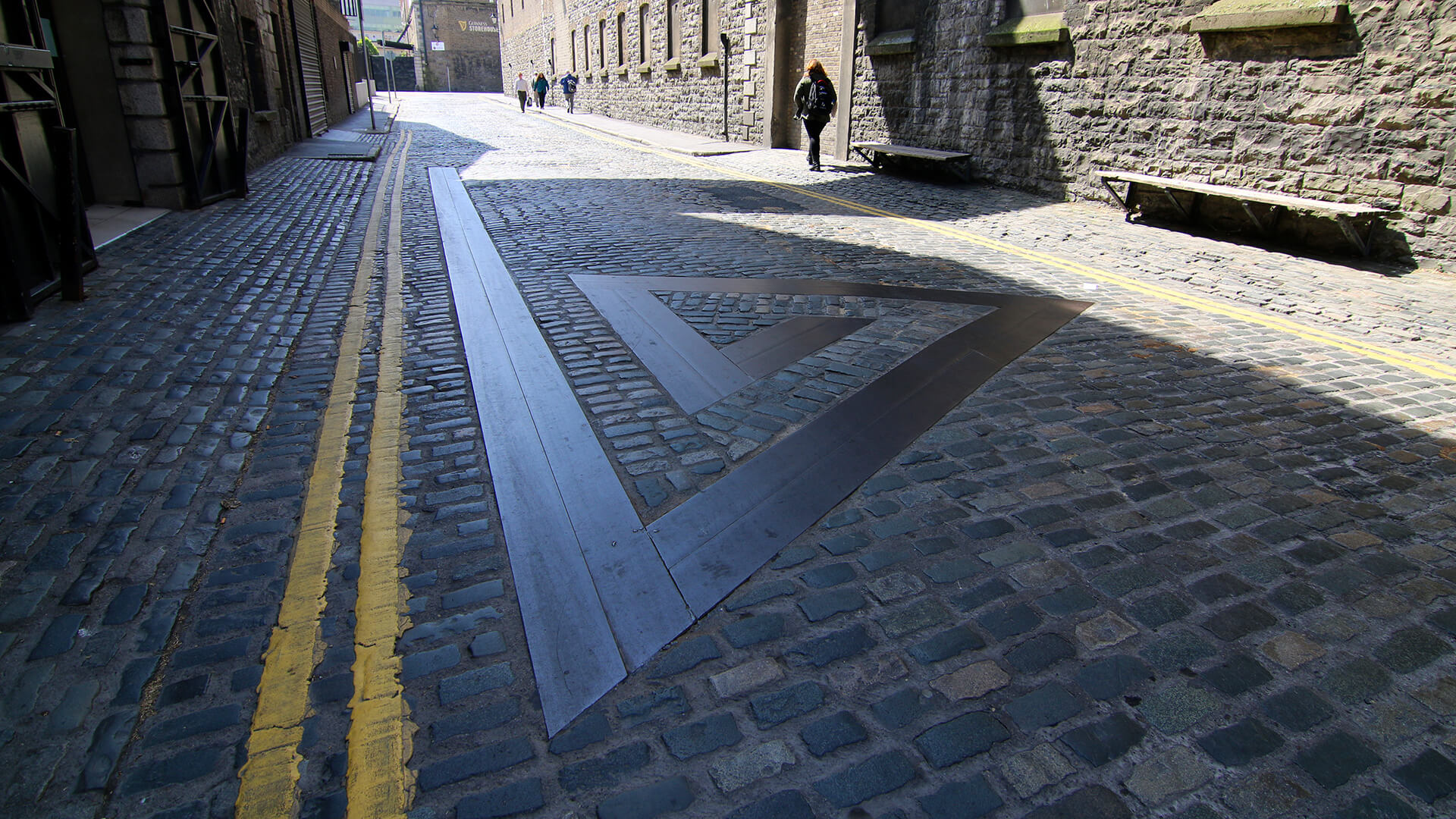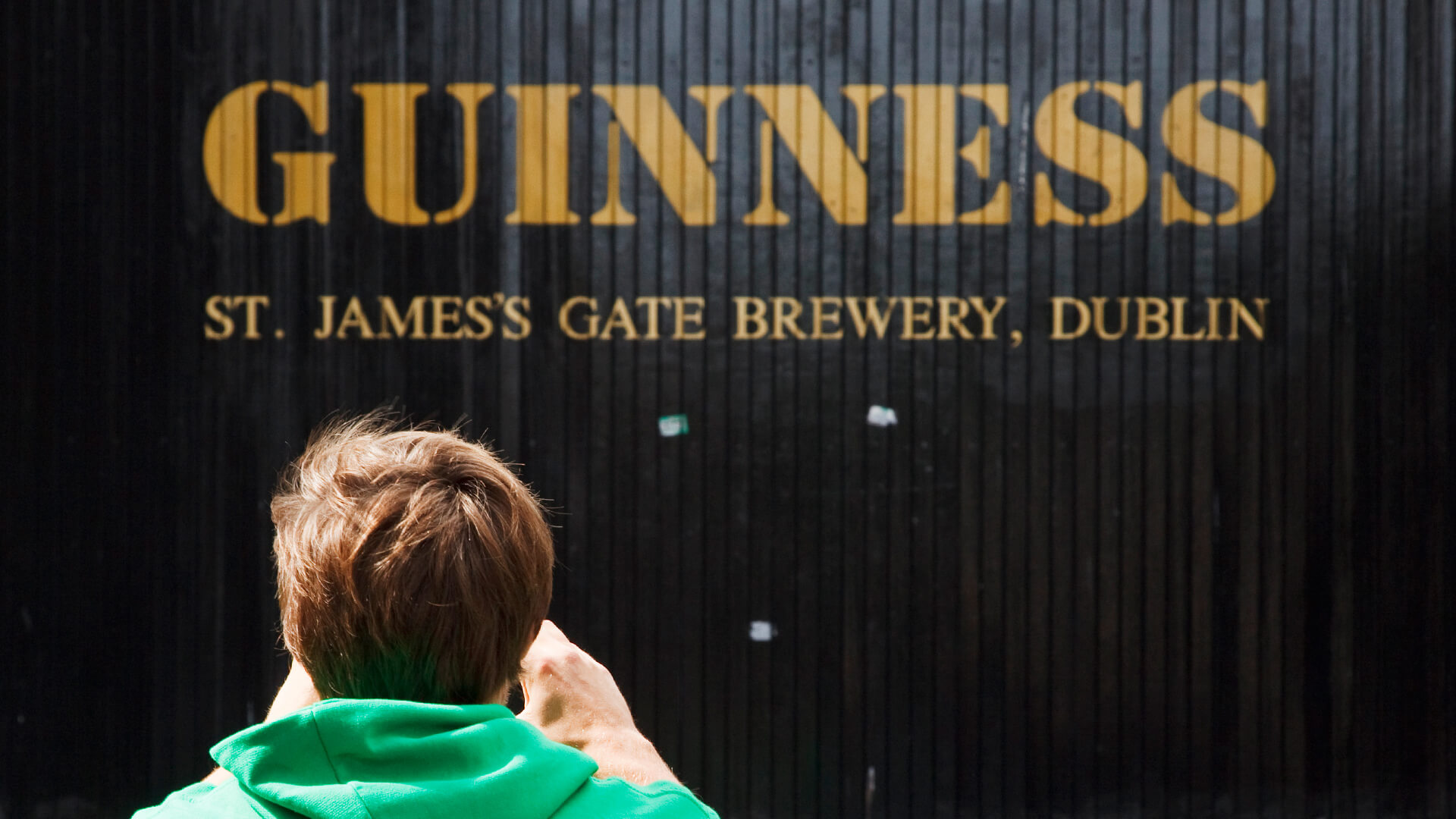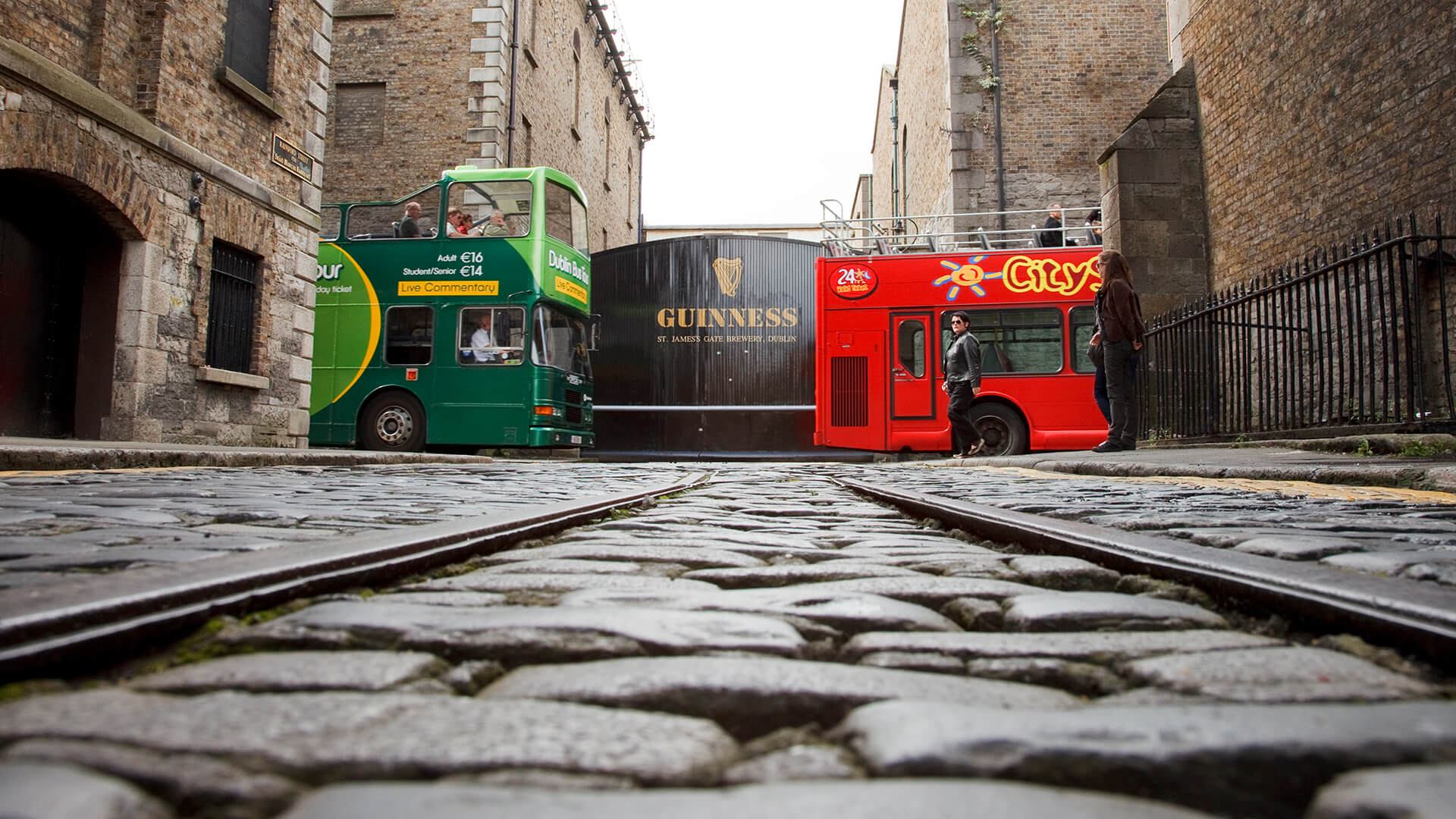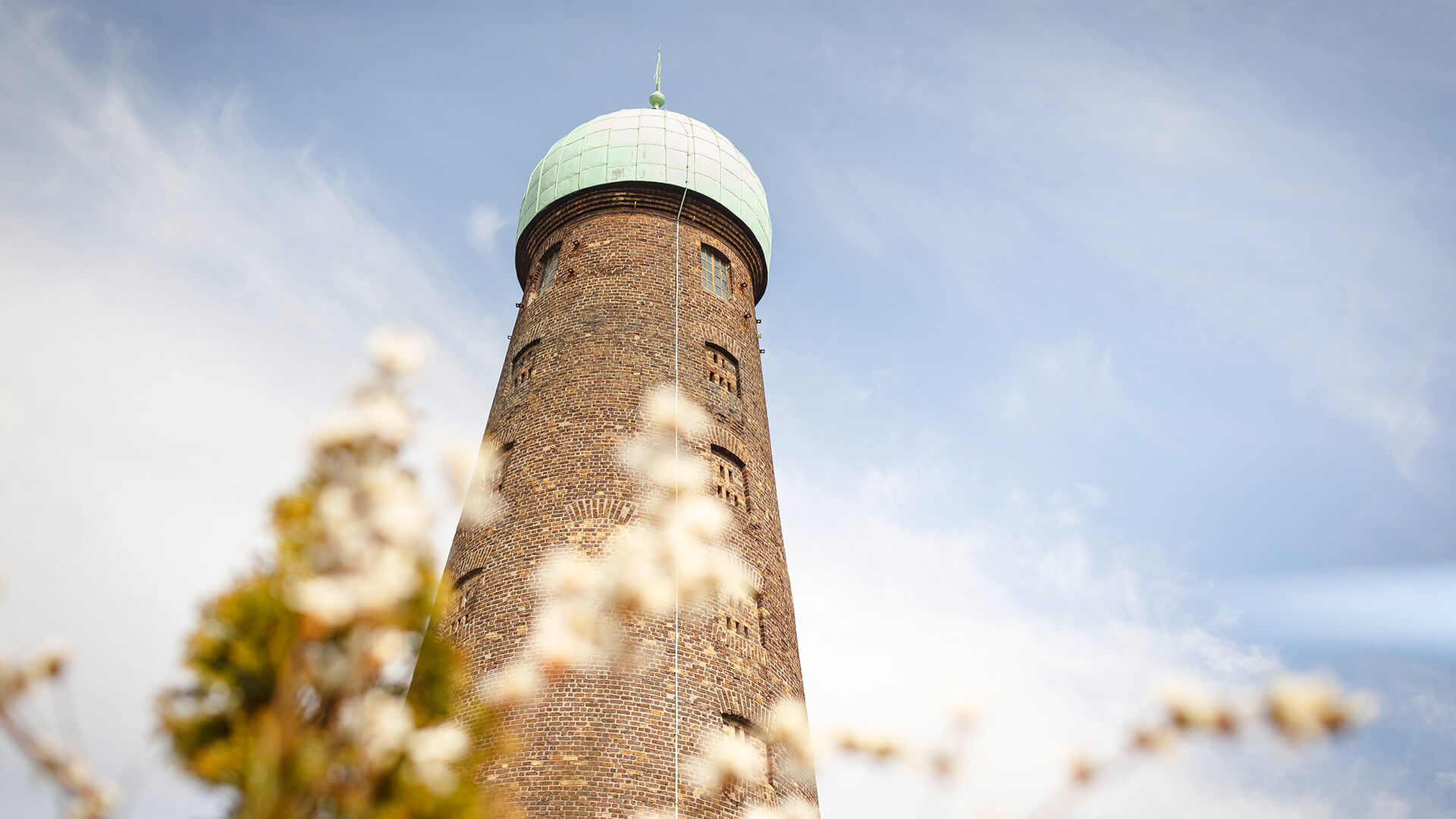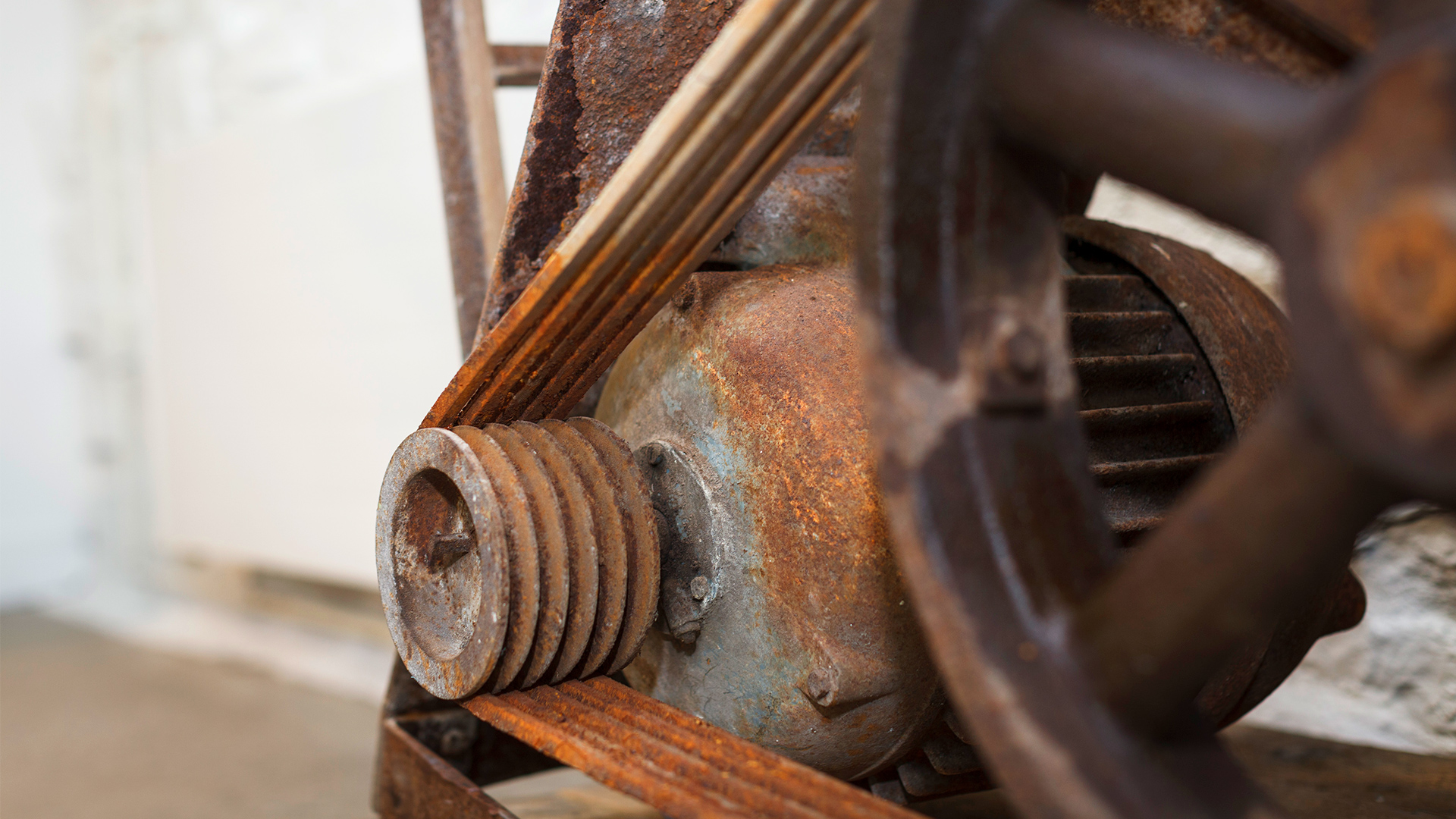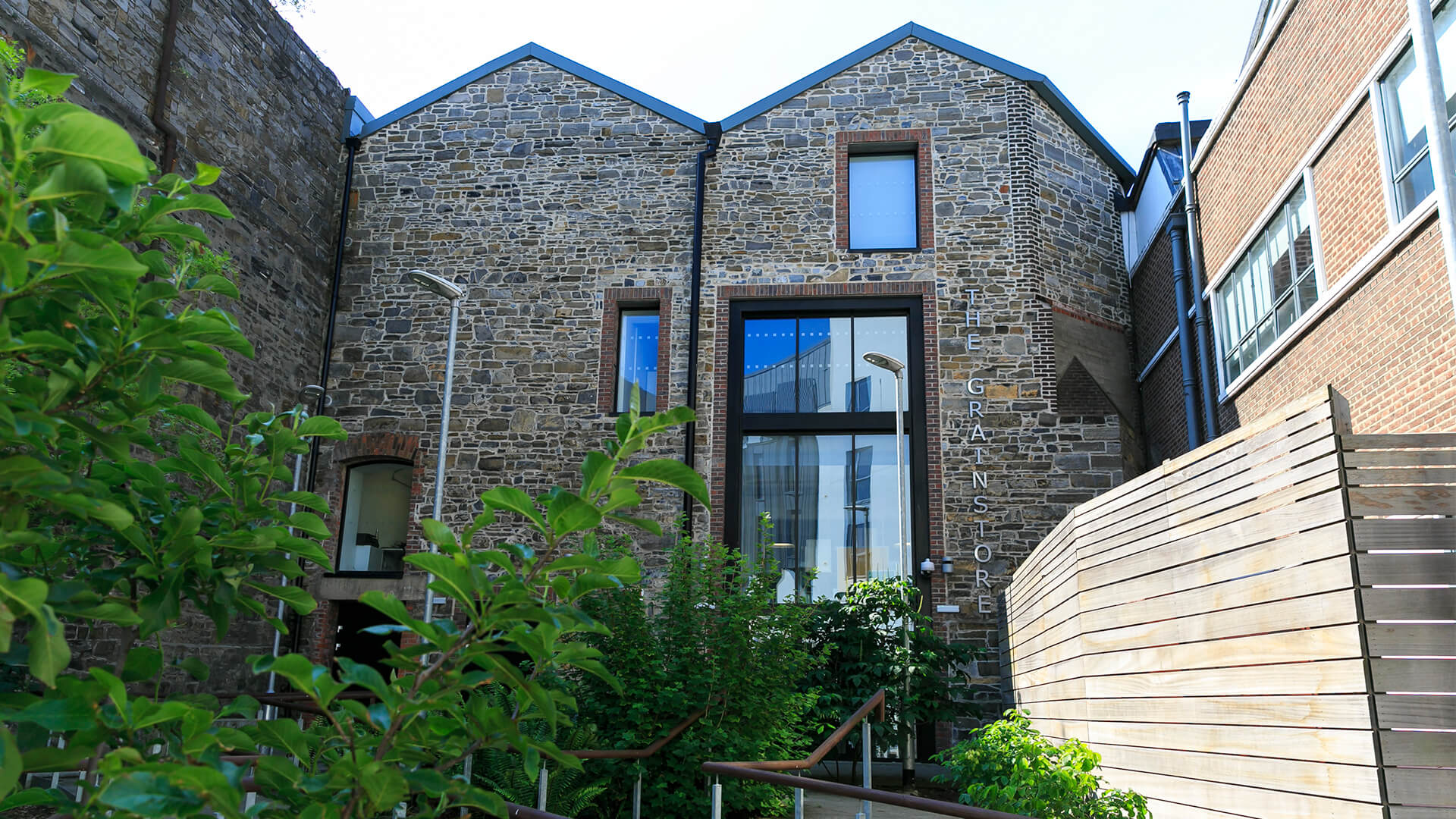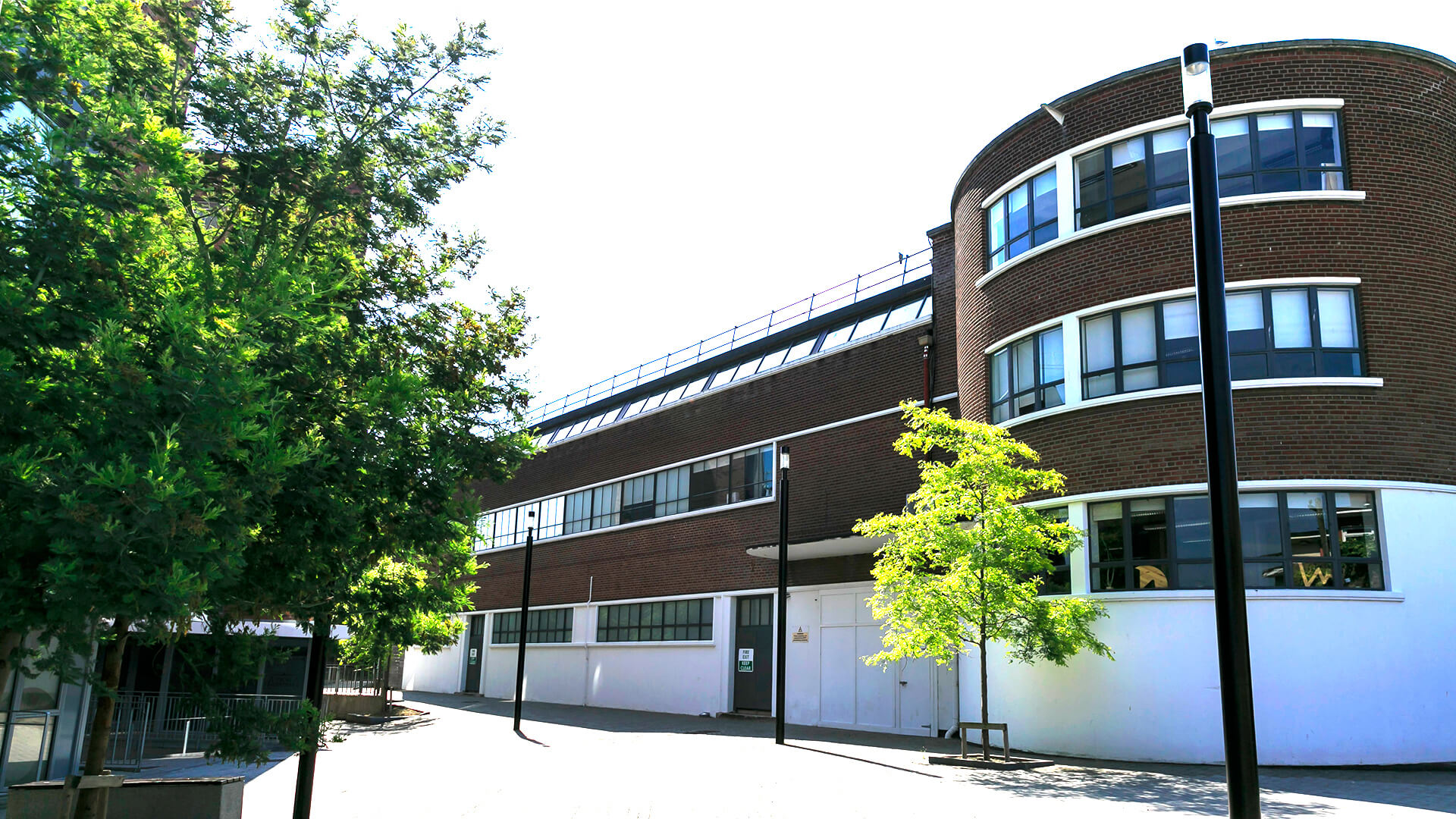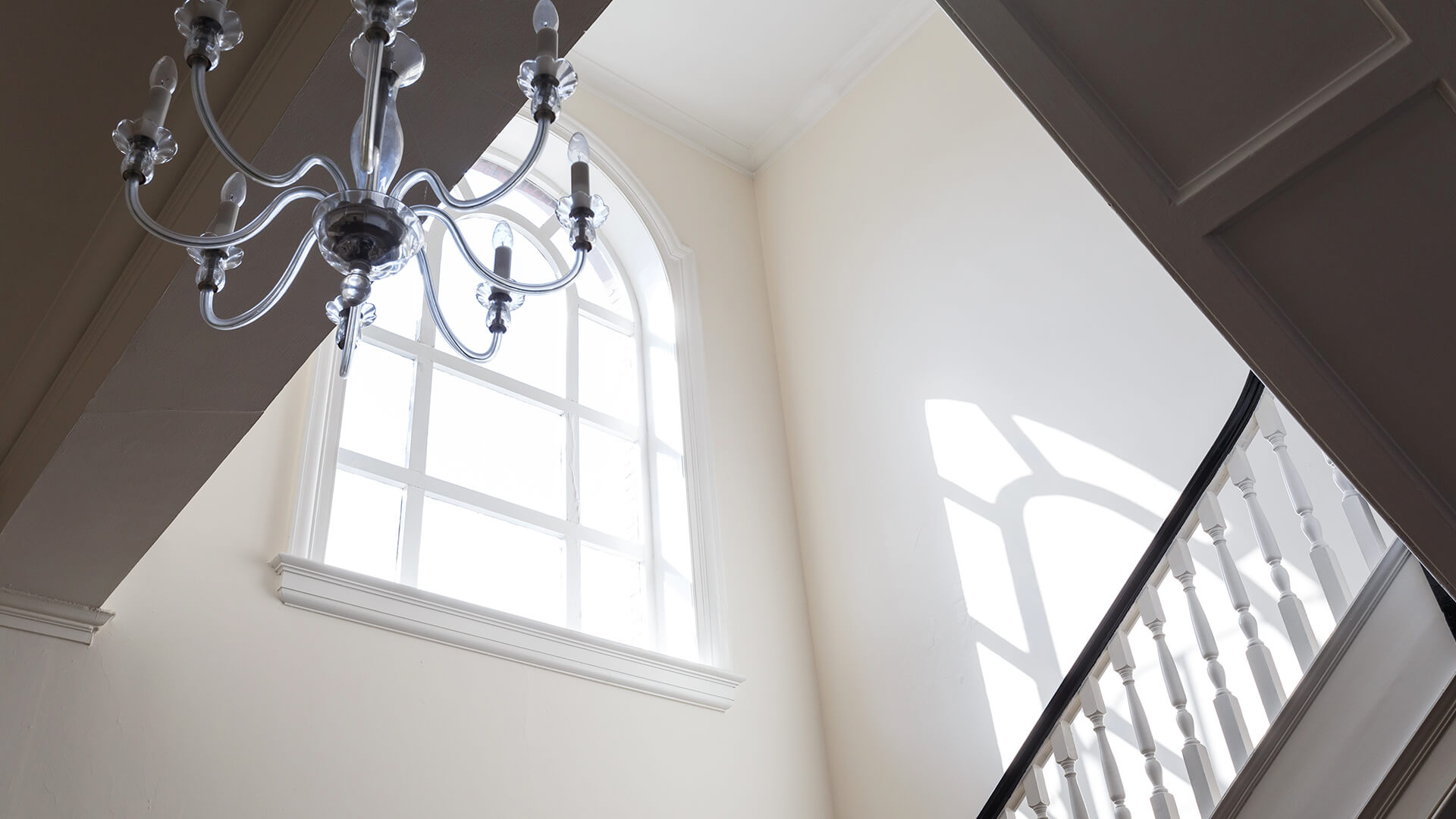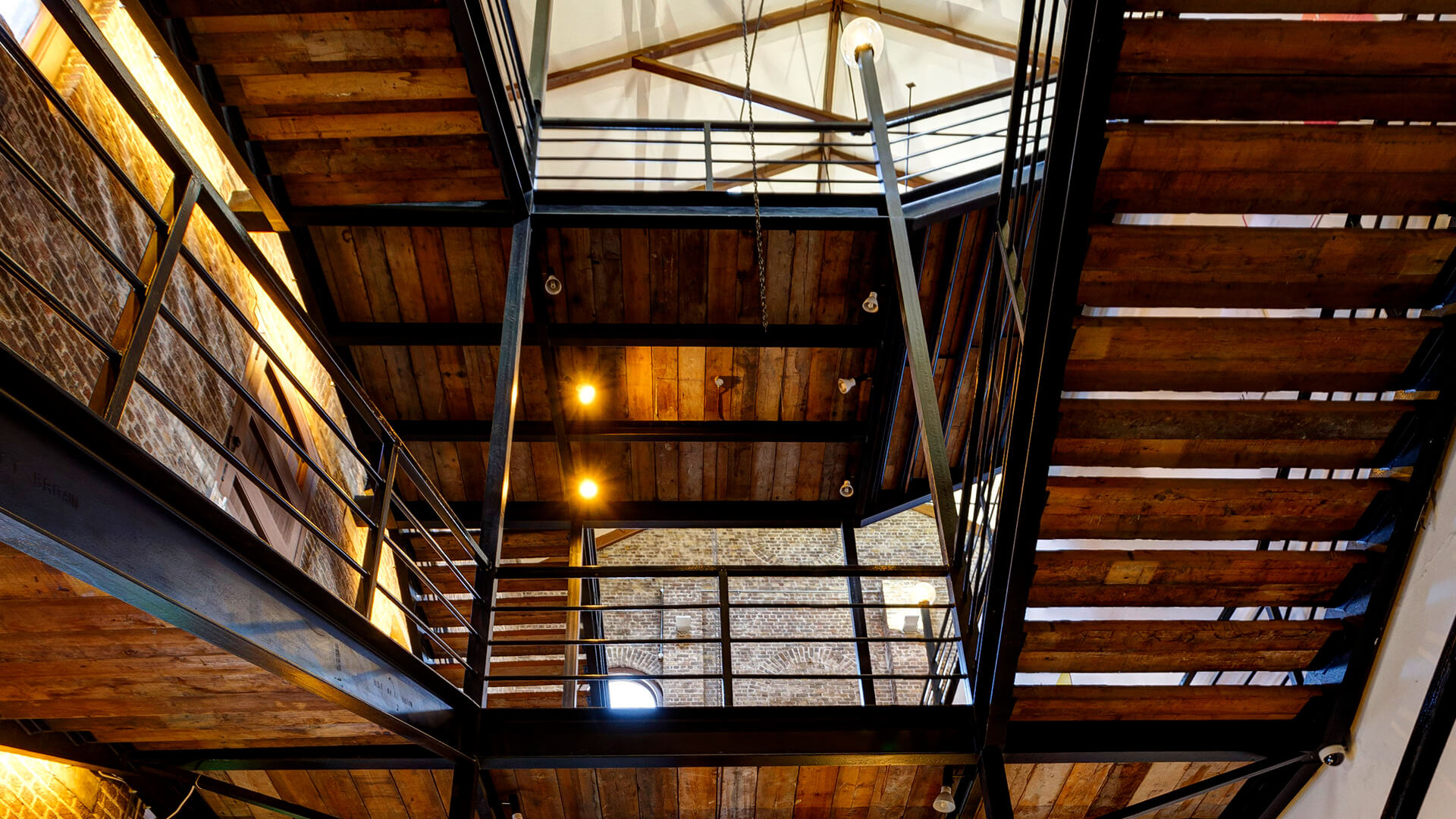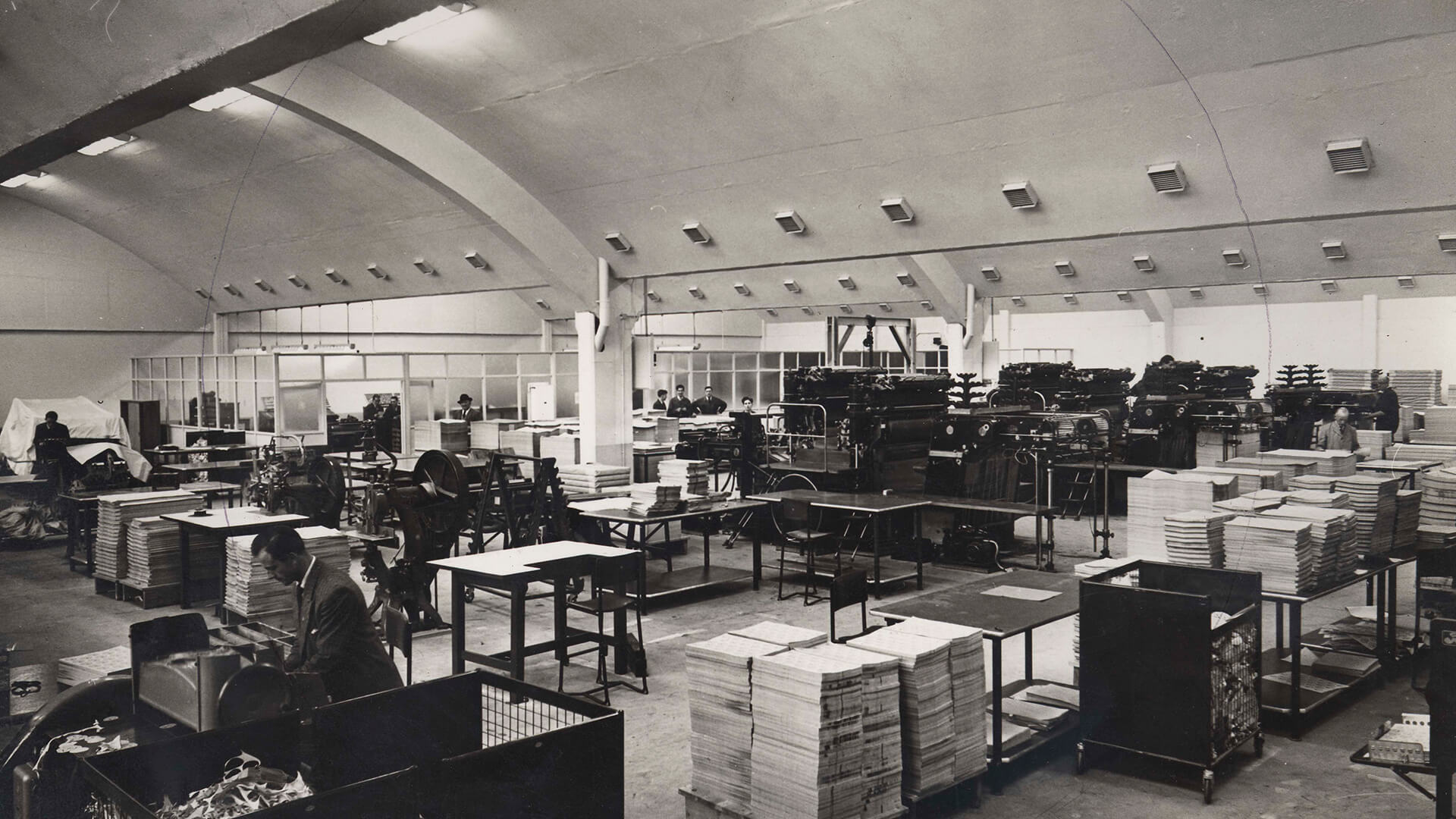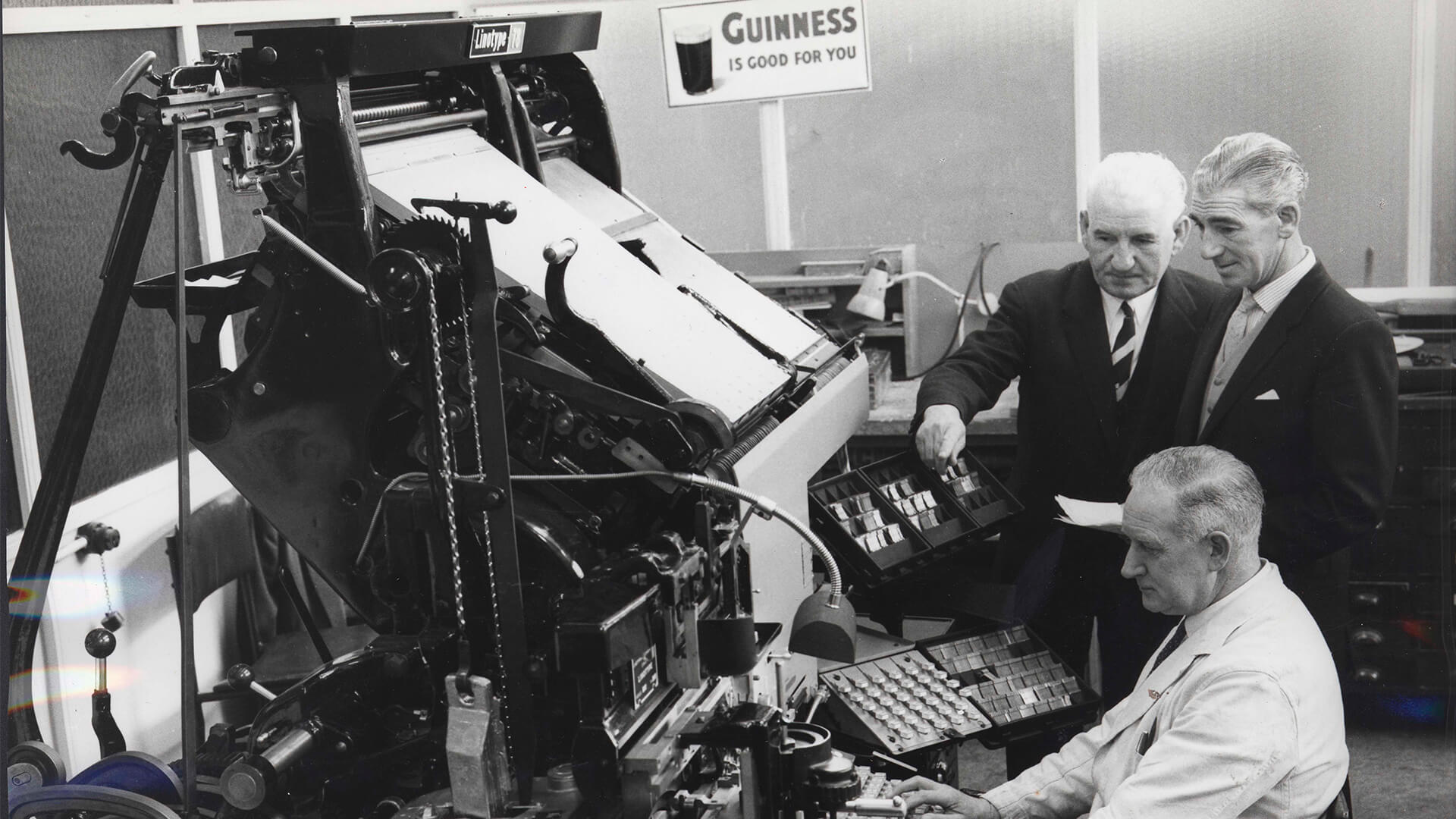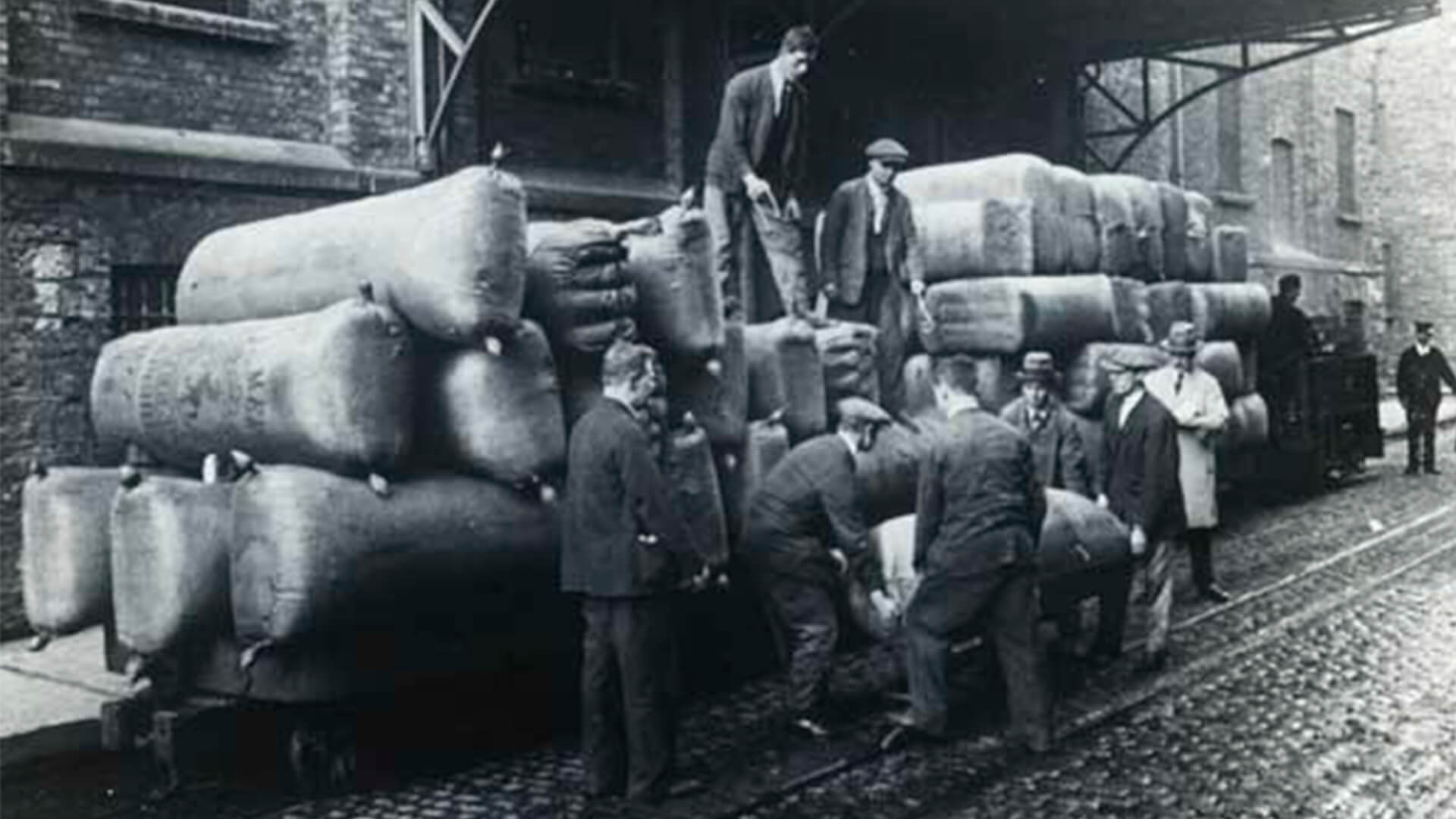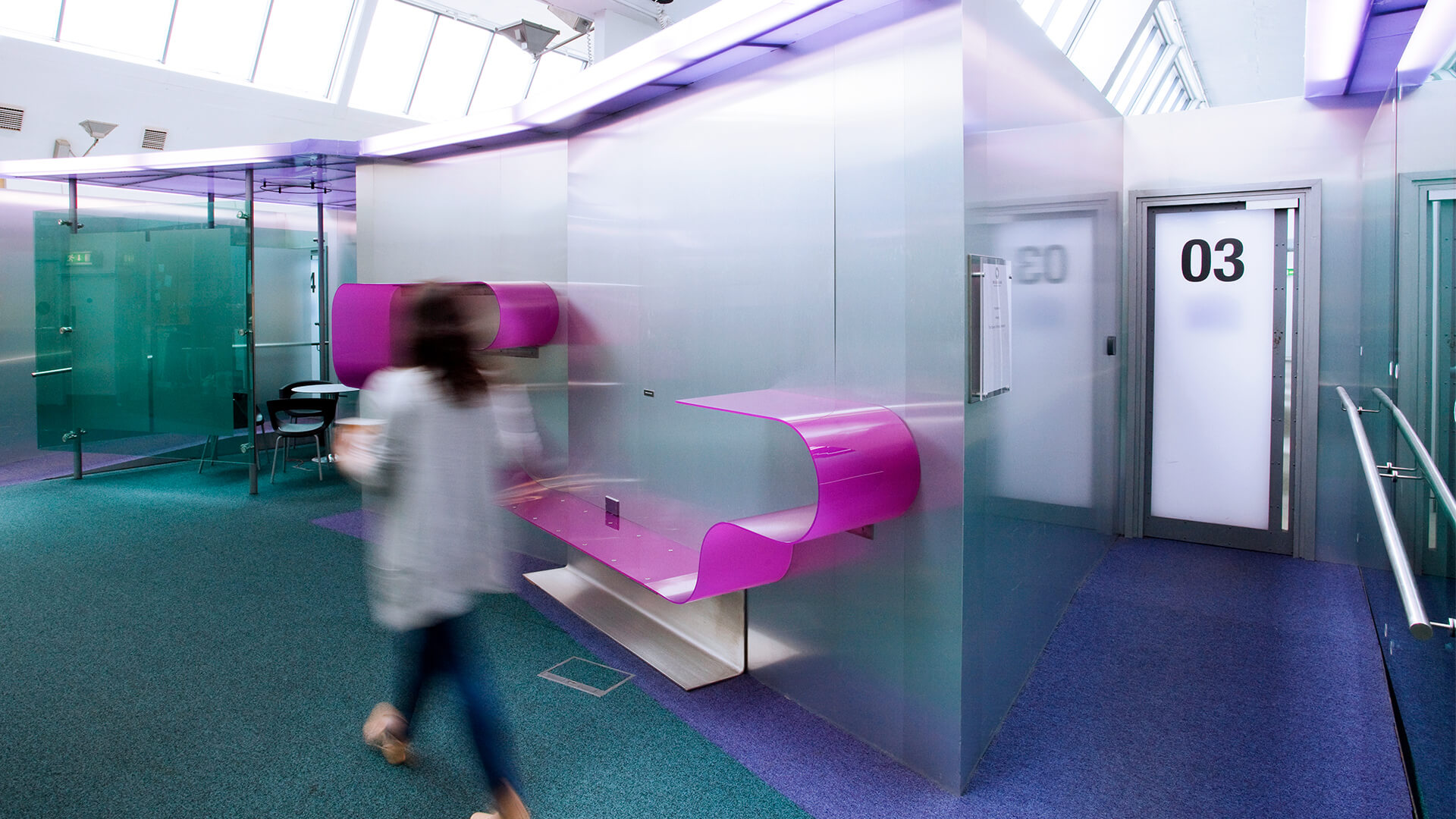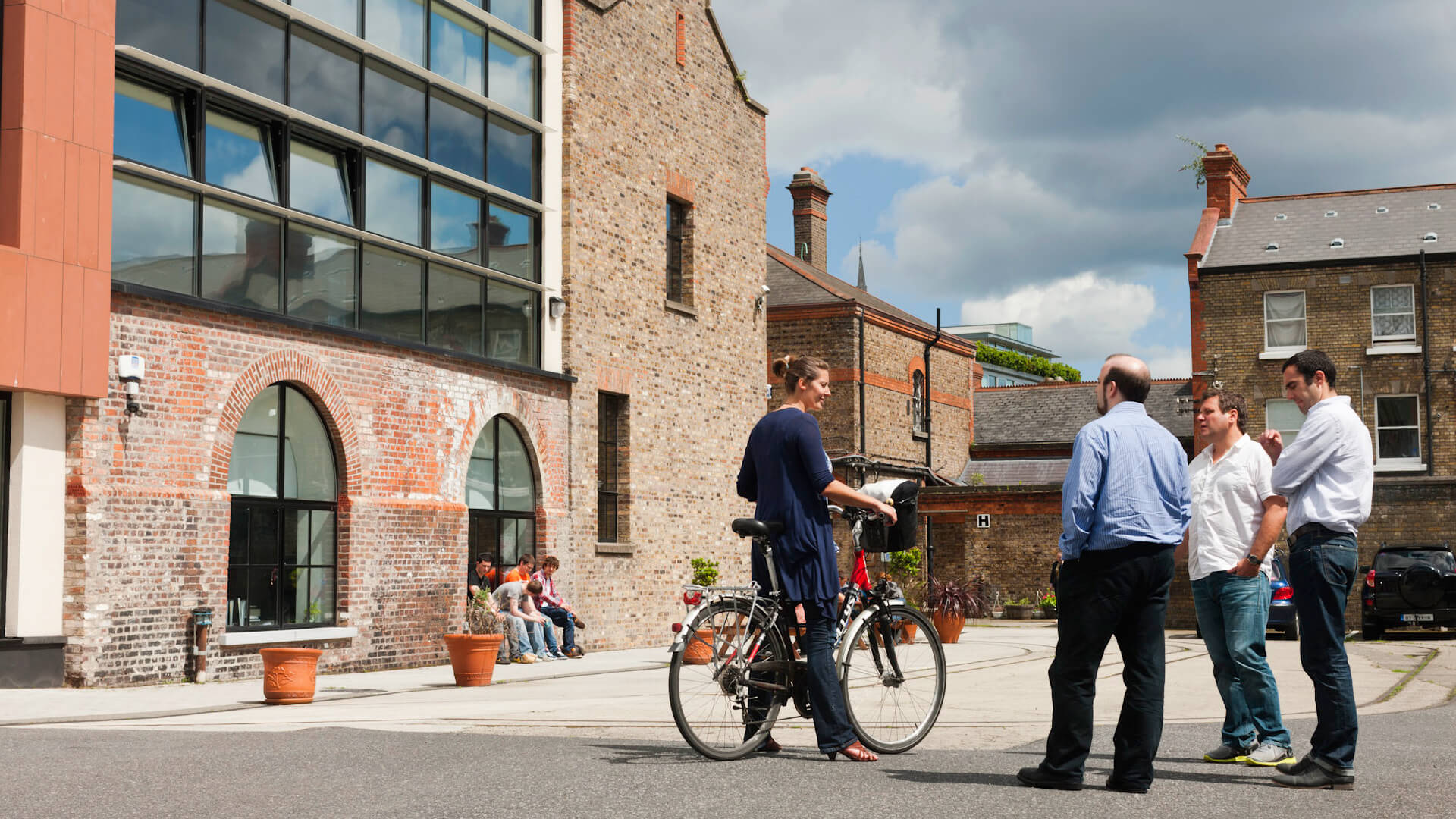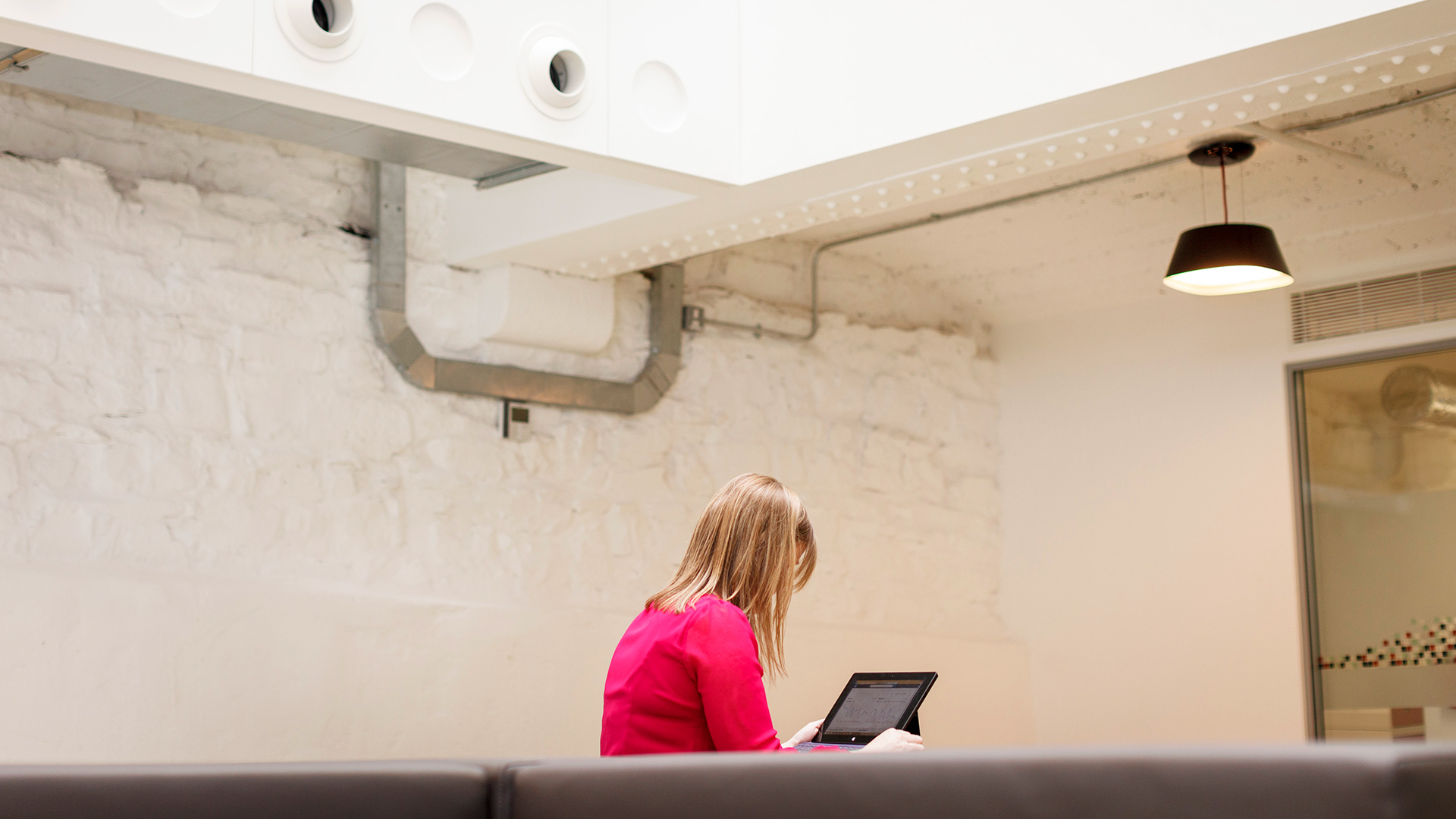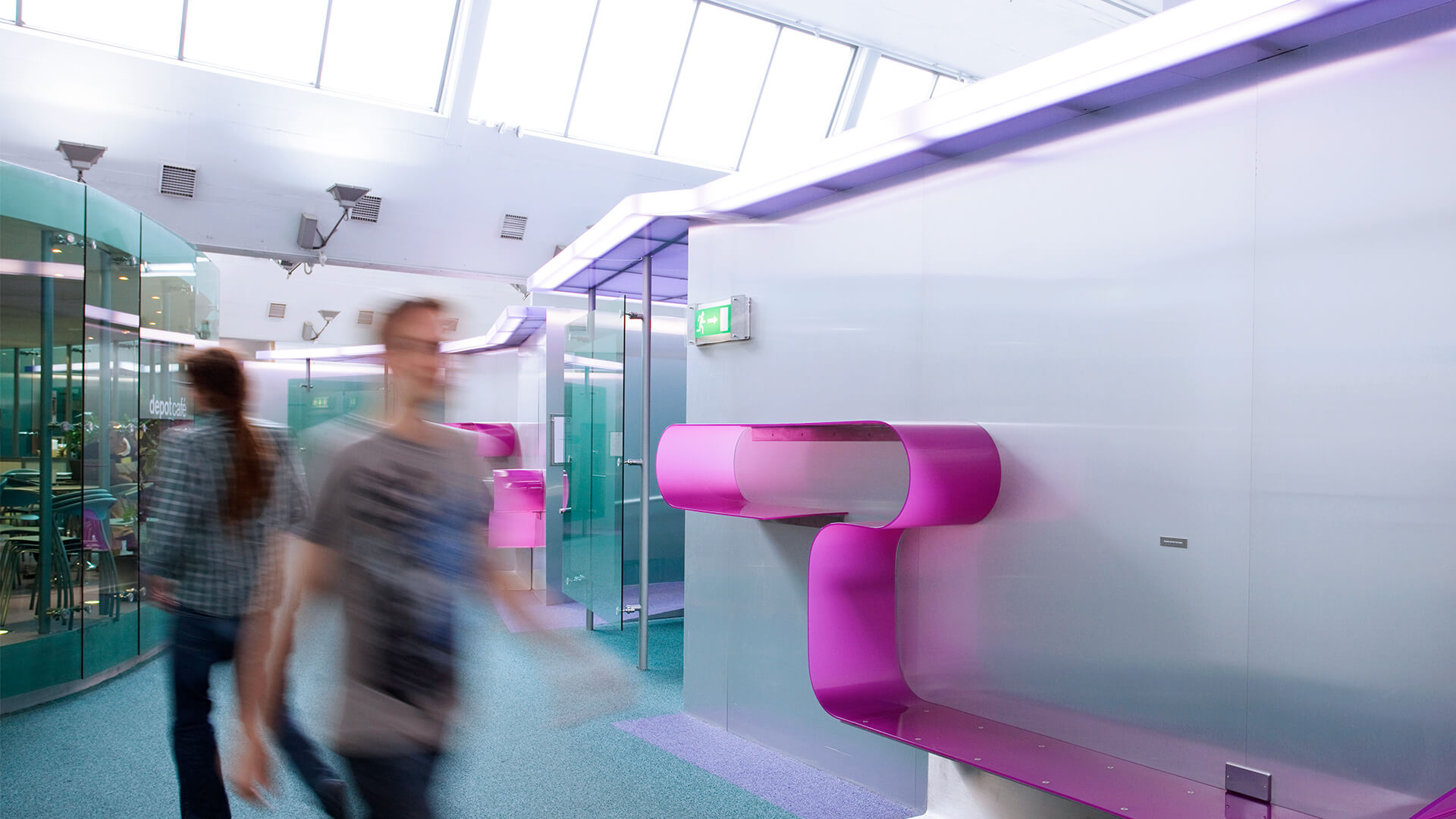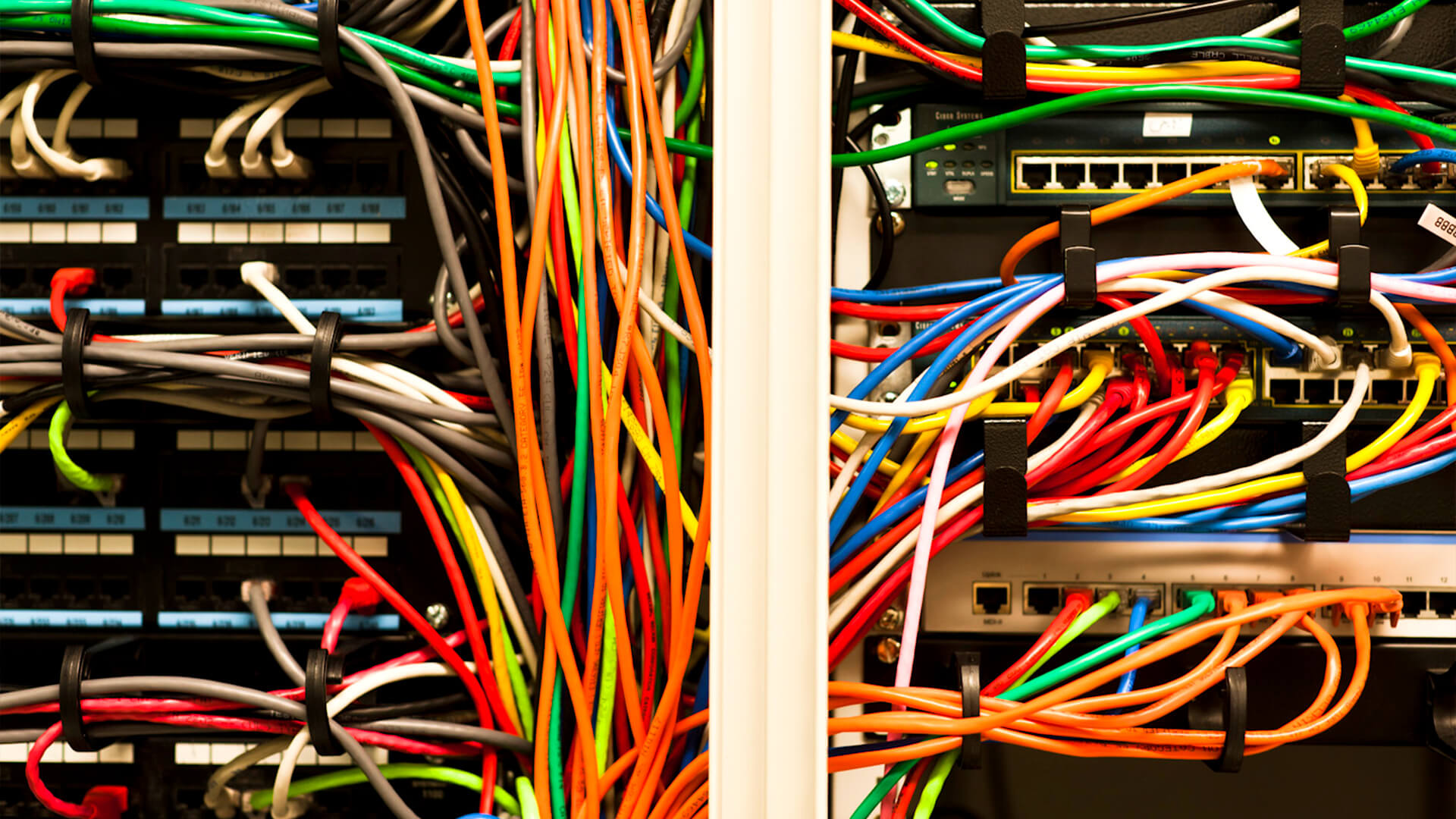Our History
Discover the history of The Digital Hub campus — located in the Liberties, one of Dublin’s oldest and most historical districts.
The Liberties
In medieval times, Dublin city was walled for protection and administration. The Liberties area is so-called because it lay outside the city walls. Today this historical area is one of Dublin’s most colourful and creative communities. The Digital Hub is very much part of this community and mindful of its unique heritage.
The heart of The Liberties — a short walk to Dublin city centre
From Vikings, medieval Dublin artisans, to the whiskey distillers and brewers of stout, there is a long tradition of creativity and innovation in the Liberties, which remains evident today in the people who live, work and learn here. We love our local community and are proud of our learning programmes and partnerships that allow local residents, both young and old, to learn about the digital world.
Our Historical Buildings
From historical townhouses to restored industrial buildings, our campus is made up of a number of unique buildings, all carefully restored and redesigned to encourage a collaborative digital community.
Many of our buildings have been put back into productive use and their restoration contributes to a better visual landscape for the area.
The George Roe Whiskey Distillery was established in 1757 on the site now occupied by The Digital Hub’s OneFiveSeven, Gatelodge, Digital Depot and Grainstore buildings. A building used by the distillery as a grain store is thought to have earlier ties to the Four Courts Marshalsea – a debtor’s prison. In 2015, this particular building was refurbished as The Grainstore at The Digital Hub.
In 1805 a 150ft high smock windmill, known as St. Patrick’s Tower was built to grind corn for Roe’s Whiskey Distillery until about 1860, when the grinding process was powered by steam. The remains of the windmill still stand.
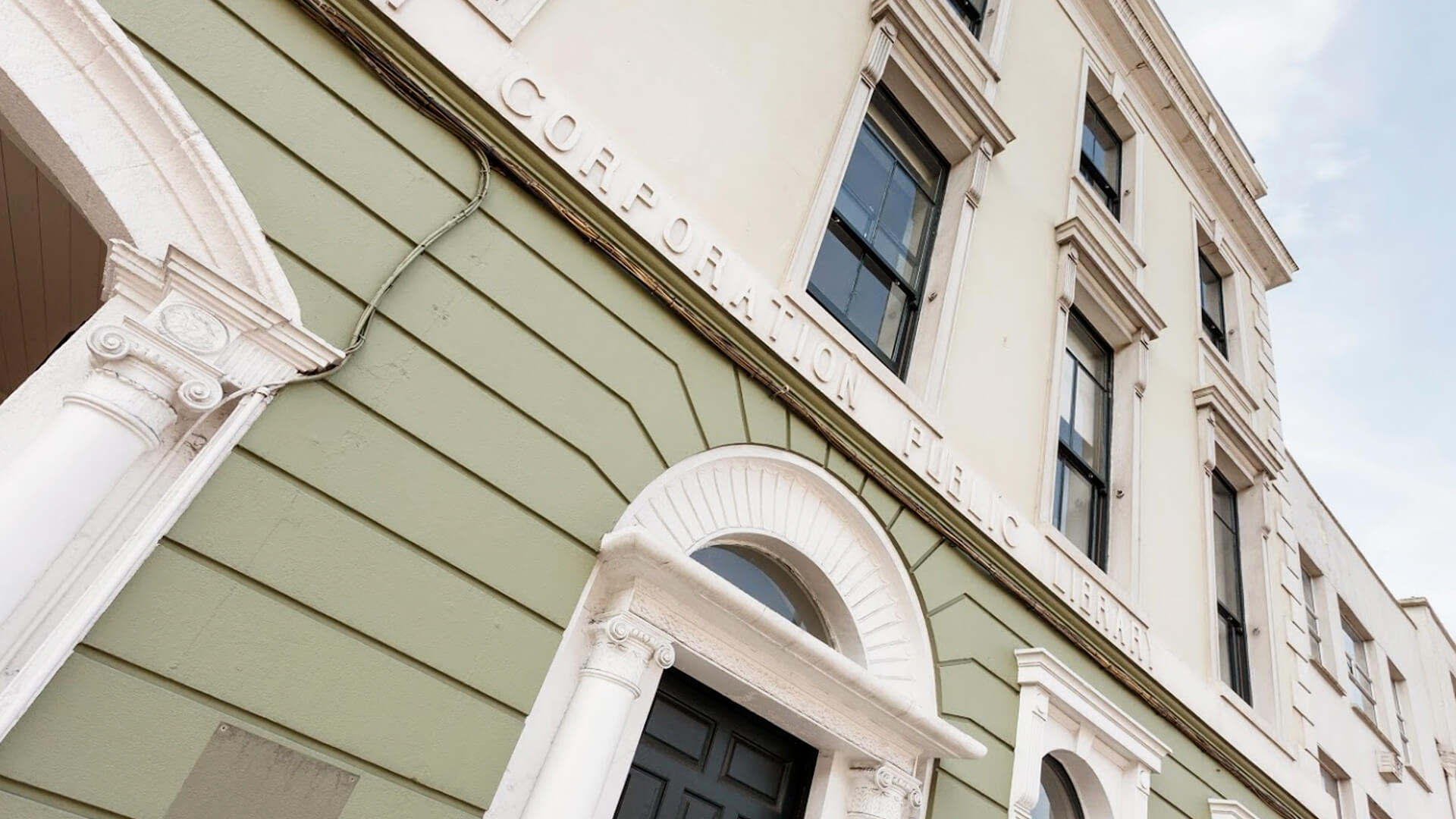
Former 18th century townhouse, later public library — now Townhouse Twenty2
Around 1798 the building at 22-23 Thomas Street was constructed. It served as a townhouse for a feather merchant and his family in what was then one of the city’s most vibrant commercial locations. It is said to have provided refuge for a 1798 rebel. In 1884, the building became a Dublin Corporation Public Library, which closed in 1983. The building, now called Townhouse Twenty2, serves as office space for Digital Hub companies since 2012.
Our Connection to Guinness
Industrial buildings, cobbled streets and narrow-gauge tramway tracks clearly display the history of this area. Many of our campus buildings were once part of the Guinness Brewery and features that tell the story of their past use have been carefully retained.
1. The Printing Department interior, showing the main printing hall with curved ceiling, after extensions had been carried out, St. James’s Gate, Dublin, c.1953.
2. Visit to the Guinness Printing Works during the B.F.M.P congress 1963. Photographed, standing by the linotype machine, are Mr W L Fry, Manager of the Printing Department and Oliver Thynne, President B.F.M.P., 1963.
3. Loading hop wagons for transfer to the breweries. The world’s largest brewery, Guinness Dublin, c.1930.
4. Original Guinness mosaic on the floor of the Digital Exchange building.
Photographs (1-3) reproduced with permission from Guinness Archive, Diageo Ireland.
In 1882 a Hop Store, was opened to house the growing stocks of hops that accompanied the Guinness Brewery’s rising output during the 1860s and 1870s. As the building was constructed the cobbled streets outside were laid with the Brewery’s narrow gauge tramway tracks, which are still evident today. The Hop Store was in use until the late 1950s. In 1984, it was converted into the Guinness Hopstore, initially to host the 1984 ROSC international art exhibition. Two artworks from the exhibition are still viewable today, a piece by world renowned sculptor Richard Serra called ‘Sean’s Spiral’ is embedded in the road outside the building, and the words “Stone upon Fallen Stone” can be seen on the building next door. It is a piece by Lawrence Weiner, a central figure in the formation of conceptual art in the 1960s. By 1988, the building was operating as the Guinness Hopstore visitors centre. It became The Digital Hub’s Digital Exchange building in 2006 and following 16 years under a period of successful management by The Digital Hub, the operations and responsibility of Digital Exchange has transferred back to the OPW, as part of the orderly winddown of The Digital Hub as announced by Government in March 2021.
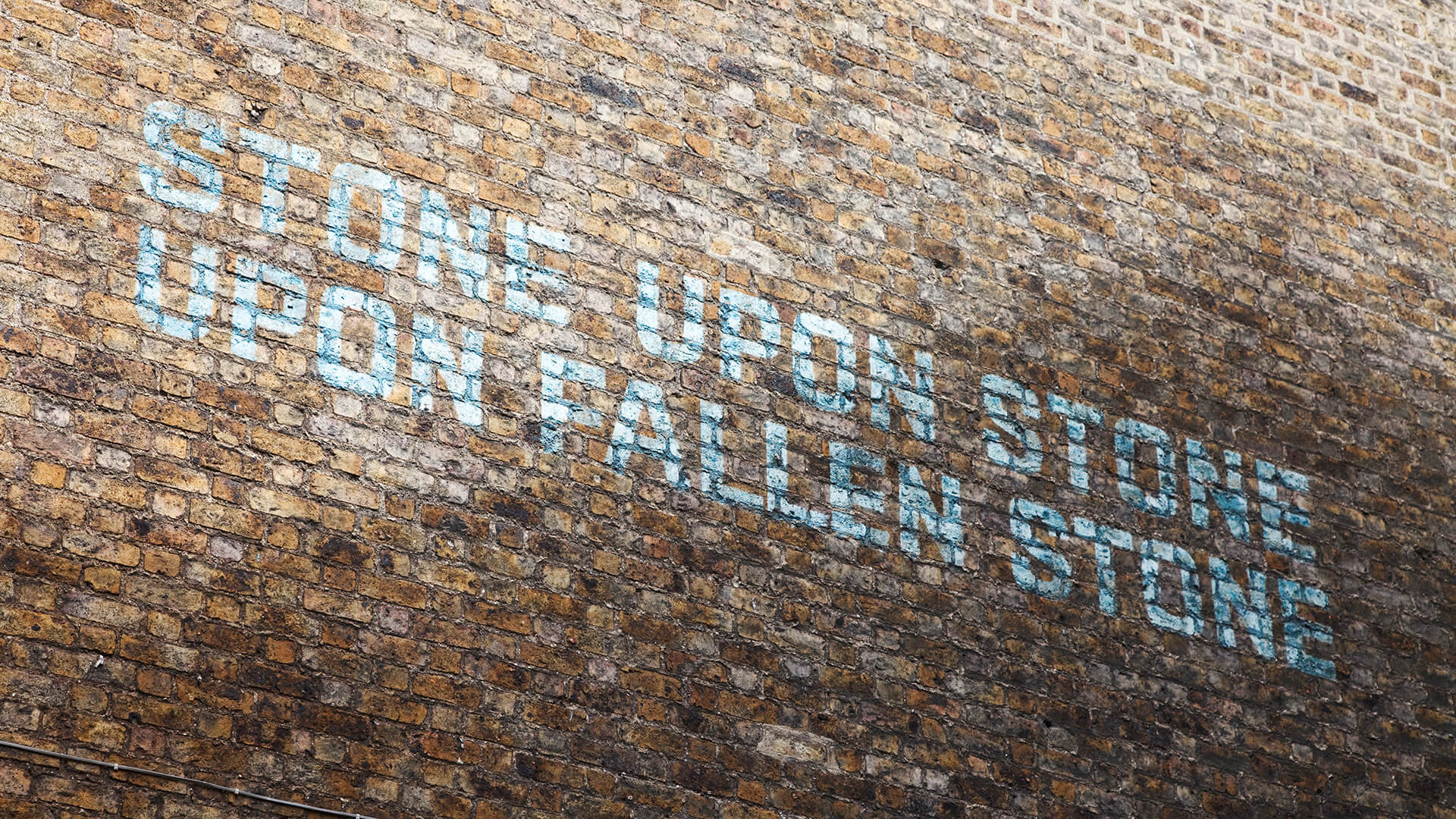
"Stone upon Fallen Stone" by artist, Lawrence Weiner.
In 1949, the Guinness Brewery took over the site of Roe’s Distillery and in 1953, the Printing Department at Guinness moved to a new printworks, which was built on the site. The printing works would have been responsible for all printing needs of the brewery, from internal booklets and stationary to the hundreds of thousands of bottle labels that would have been produced every year. The printworks is now The Digital Hub’s Digital Depot building.
Our Digital Hub Community
In 2003, the Irish Government established The Digital Hub. The Digital Depot building officially opened as enterprise space for digital business in 2004.
A community to help you scale and grow
Over the years, hundreds of companies have progressed through our enterprise cluster – a testament to the vibrant environment we have created. Some well-established alumni include Amazon, Athena Media, Distilled Media Group (Daft.ie), Etsy, Havok, Kavaleer, Slack and Stripe.
Our campus offers all the facilities and infrastructure you’d expect in an open and collaborative community – flexible offices, workspaces and meeting rooms – all ideally located in the heart of Dublin city. Our members make up a thriving community of designers, developers, technologists and entrepreneurs, all at the forefront of technology and digital media.
Today
The Digital Hub faces today’s challenges and continues to embrace opportunities for the digital world. We are focused on maintaining a collaborative community where digital companies can thrive, as well as facilitating projects that are vital to the ongoing development of the digital sector in Ireland and boost Ireland’s reputation as a global player in the technology and digital content industries.
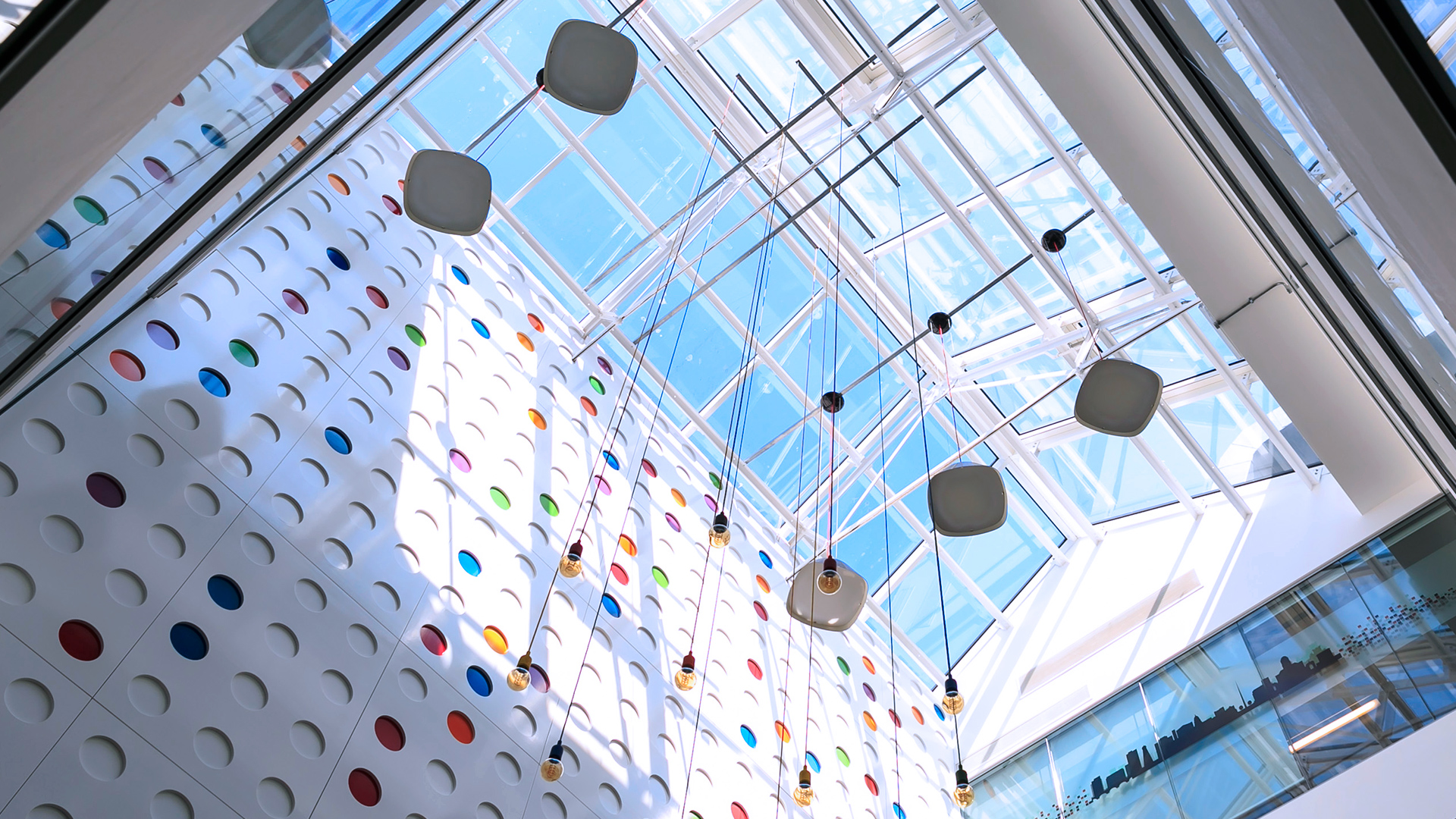
The Grainstore at The Digital Hub
The Digital Hub is almost twenty years in existence. We have an unrivalled business network and are a key player in Dublin’s tech eco-system.
Make Your Own History
Whether you’re a one-person start-up or a medium sized established business, with our help setting up your office couldn’t be easier. Our plug-and-play spaces allow for a smooth set-up, our friendly, professional team will talk you through your requirements and budget and provide clear, up-front pricing to help you manage your costs. With our connections we can even help you with finding the perfect hires.
Learn about our office space & facilities.
